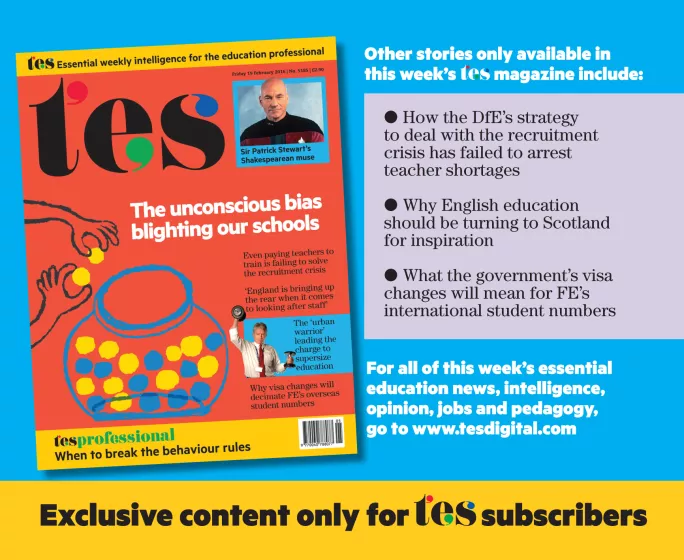Professor David Gillborn and his colleagues at the Centre for Research in Race and Education (CRRE) at the University of Birmingham have been undertaking a two-year research project, funded by the Society for Educational Studies (SES), which examines the long-term impacts of the changes in education policy and practice since the murder of teenager Stephen Lawrence in 1993.
Permanent exclusion rates
In an initial analysis, published exclusively in TES this week, he and his colleagues found the following:
- Overall, there is a significant reduction in the likelihood of permanent exclusion compared with the situation in the late 1990s.
- Much of this can be traced to the explicit drive to reduce numbers (led by central government) between 1998 and 2001.
- Overall, a student in 1997 was almost three times more likely to be permanently excluded than they are in 2014.
However, in terms of the unequal chances of permanent exclusion for black Caribbean children, the news is not positive:
- Compared with their white peers, black Caribbean students’ odds of being permanently excluded have remained relatively stable (around three to four times the white rate over the 18-year period);
- Over-representation (relative to the white rate) has not been lower than [a multiple of] three for over a decade (since 2004);
- Over-representation (relative to the white rate) has never been less than [a multiple of] 2.9 in the 18 years that national data are available.
A ‘profoundly dangerous’ point in history
Speaking as part of the 19 February TES cover feature on the role of unconscious bias in schools, in which this analysis is published, Professor Gillborn says:
“I think we’re at a profoundly dangerous point in history when it comes to issues of bias, inclusion, equity and social justice,” he says. “Across Europe and the US, we see a rise in xenophobic rhetoric in mainstream politics and media happy to broadcast sensationalist stories about ‘white underachievement’, migrant crime and the terrorist threat, all in the name of avoiding political correctness. It’s difficult to think of a time in post-war Britain when serious attention to bias has been more important, but what matters more than any single programme or research study or intervention is political willingness to challenge racism, sexism, ableism, etc.
“Unfortunately, at this moment in time, things are getting worse, not better.”
This is an edited article from the 19 February edition of TES. Subscribers can read the full article here. This week’s TES magazine is available in all good newsagents. To download the digital edition, Android users can click here and iOS users can click here
Put your point across on TES Community
Want to keep up with the latest education news and opinion? Follow TES on Twitter and like TES on Facebook

